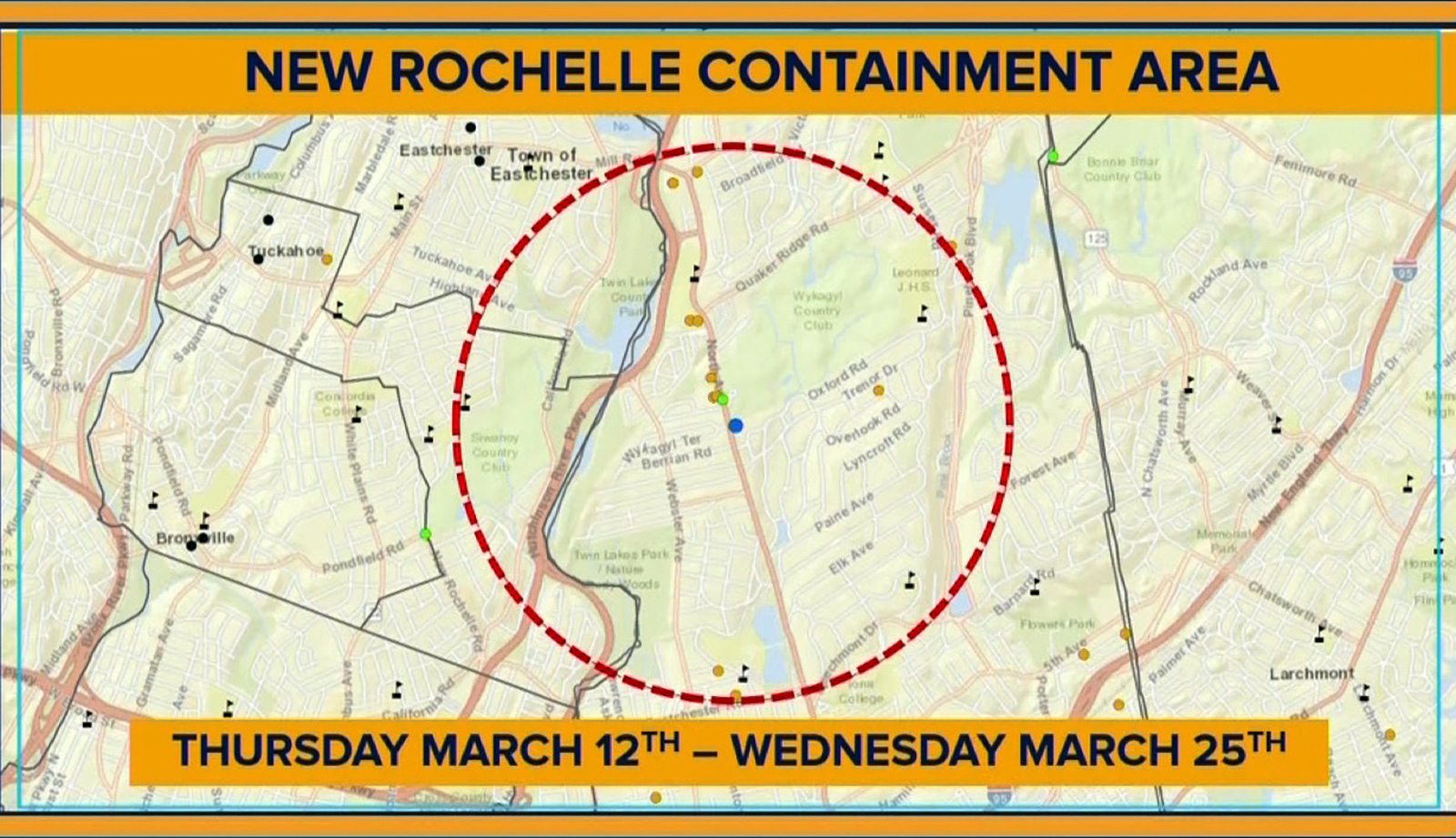Re: 2019 Coronavirus (COVID-19)
I'd like to know what they mean when they say that, " five cases have been 'resolved'". What do they mean by 'resolved'?
It's a good question.
Every case of a serious disease can result in two outcomes - death or recovery. Once we know whether the patient lived or died, we consider the case "resolved".
One of the measures that look at in epidemiology is the case fatality rate (CFR). Because patients with COVID-19 can take days or weeks to resolve, the formula for final CFR only looks at
resolved cases. Until the case is resolved, it is not included in the CFR.
So it's very costly to produce, and you can't rely on national or local industries with integrated production systems, because it is not considered strategical either. It is not like the air warfare in 1940.
If you're referencing the wartime industrial policies, it's an apt comparison.
During the war, there were three factors to overcome -
- labor shortage, because the men were sent to military, not to factories
- capacity/skill, because a factory that produced canned goods wouldn't have the skills or equipment to produce tanks or jeeps without major investment and reconfiguration
- raw materials, because producing a large number of any deliverable requires first producing the component parts
In the case of ventilators, it's going to be raw materials that is the obstacle. Because a ventilator is a computer with hundreds of parts and most of those parts are not made in the country where the ventilator is assembled, it could take weeks or months to increase the production of ventilators.
In past wartime economies, we weren't as dependent upon global supply chains and the products produced weren't as sophisticated as they are today. Producing a bomb in an American factory during WWII didn't require computer components like it would today. Similarly, producing a ventilator requires importation of multiple parts, integration of a computer parts with the mechanical parts and skills of workers who know how to put these parts together and test them.
...And people may also not understand that patients on ventilators require a higher degree of direct care. It isn't like you just slam a ventilator on them and then let them lie there.
Which brings up another thing that is scaring the beejesuz out of public health planners: a shortage of first responders and hospital workers.
There's already a shortage of nurses and respiratory therapists. A respiratory pandemic is going to hit workers at the bedside- especially nurses and respiratory therapists. Most nurses in the US have never programmed or operated a ventilator (and in some states, their license doesn't permit them to do so). The US isn't China, where the government ordered healthcare workers to continue working even though hundreds of them got sick or died during the epidemic.
Let's hope that the US doesn't have the experience of Italy or China but looking at the numbers that I've been summarizing daily, the US might have already missed the chance to get the epidemic under control. The reason that public health officials looked so grim yesterday is that they have been comparing the growth rate in cases across countries and the case multiplication rate is very consistent across the countries with large epidemics of COVID-19.




 !!
!!